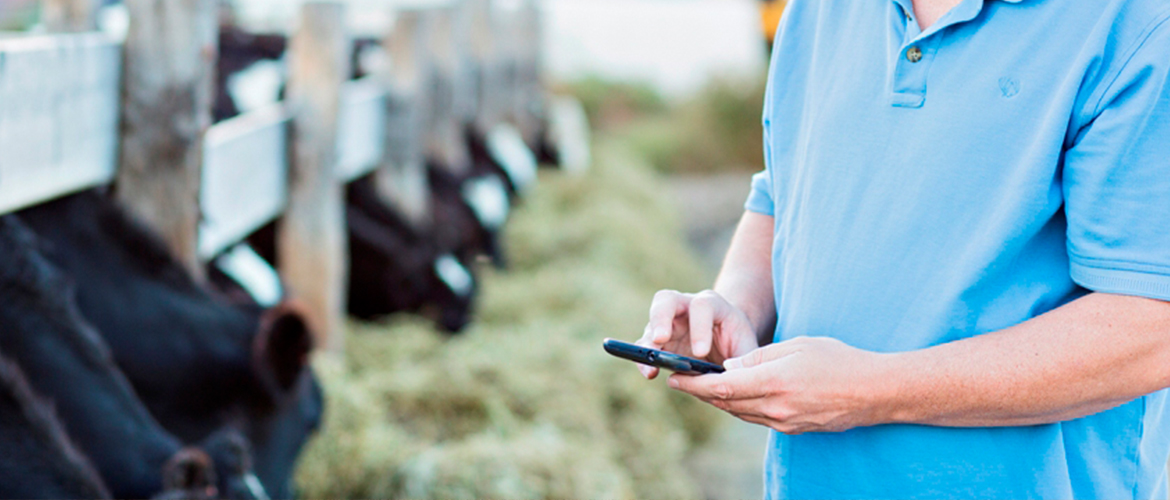For those of us who remember life without cell phones, or even those who experienced the introduction of the first iPhone, we can’t imagine life without them. We don’t go anywhere without a smart device in our pocket. But we didn’t just wake up one day with the latest technology at our fingertips. Years of research and improvement got us where we are today, and the same is true for dairy farming.
By the year 2050 our global population will reach 9 billion, but we will still rely on the same number of farm families tasked with feeding that growing number. This is why dairy farmers have evolved practices and adopted new sustainable technologies to grow more food with less resources – all while bringing us affordable and wholesome dairy foods.
Adjusting to Weather Conditions
Not many of us can relate, but dairy farmers must rely on unpredictable weather conditions to make a living. For generations they have adjusted to severe droughts, heat waves, floods and other issues. Many farmers have overcome these challenges by planting less water-intensive crops and feeding cows agricultural by-products, such as cotton seed hulls, that would otherwise be wasted.
Protecting the Environment for Future Generations
Dairy farmers also understand the importance of protecting our natural resources. The ability to pass their land to the next generation has motivated dairy farmers to work with experts to find new ways to reduce energy, save water and develop renewable energy sources. Producing a gallon of milk today takes 90% less land and 65% less water than it did in 1944, and the dairy industry is responsible for only 2% of total greenhouse gas emissions.
Doing More With Less
Because of advancements in animal care and breeding, more milk is produced today with 17 million less cows than in 1944. Just like we have virtual assistants and apps on our devices that help us in daily life, dairy farmers use technology to improve animal welfare and sustainability. Monitoring collars, or “Fitbits for cows” as we call them, help farmers keep close tabs on their herd’s health and nutrition. Robotic feed pushers are used in some barns to eliminate feed waste and ensure cattle have access to food 24/7.
Some farms are even starting to invest in robotic milkers to increase efficiency, allowing their employees to focus more on animal care. Cows enter a farm’s robotic milking machine when they want to be milked, which means these cows nap, eat AND get milked when they want! Farmers can closely monitor their cows’ health, activity level and milk production with this technology.
So, the next time you’re ordering a pizza on your smartphone, know that new technology isn’t just for delivering that delicious pizza to your front door. It also helps dairy farmers make the cheese for that pizza, supply the yogurt in your morning smoothie and deliver milk to local grocery stores more sustainably.
Learn more about how dairy farmers practice sustainability.
Meet your local dairy farm families.




